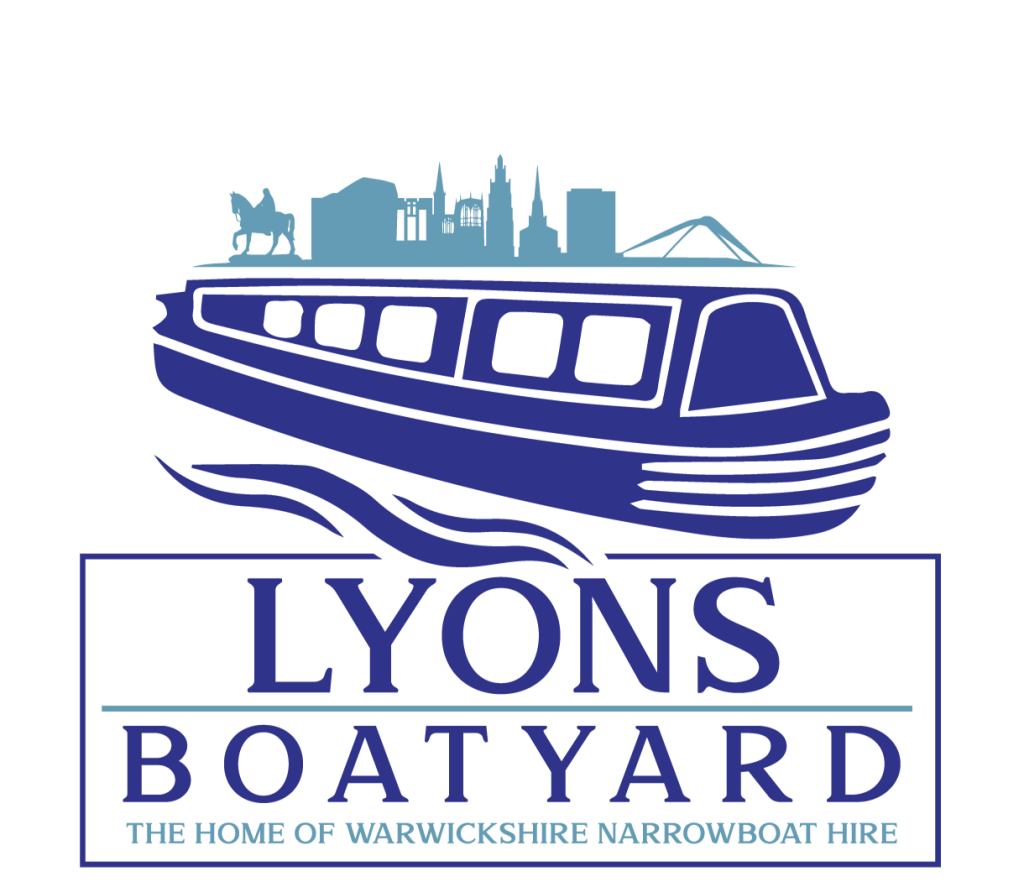One of the most wonderful aspects of canal boats that are often desired by people who look into a narrowboat hire is that many of these boats have lived multiple lives over a century or more of service.
This was true of Tyseley, a narrowboat initially used to transport goods for Grand Union Canal Carrying Company but found new life in the hands of floating theatre troupe Mikron, but it perhaps is even more true for the Astoria.
The story of the Astoria is the story of two innovative artists who have long and enduring legacies forged nearly a century apart.
The first is impresario Fred Karno, one of the most important figures in the history of cinema. He invented the custard pie gag and the concept of silent theatre and slapstick comedy, to the point that a lot of his material ended up being used in early silent films by comedians he mentored such as Charlie Chaplain.
Having gotten his start near Tagg’s Island on the River Thames, he opted to buy the island, eventually completing the lease in 1912 so he could build The Karsino hotel.
In 1911, however, he also commissioned the construction of a boat large enough to fit an entire 90-piece orchestra on the deck, with the idea that it would permanently float alongside the Karsino as a monument to the Impressario’s success.
Highly popular during the First World War, the rise of the cinema, unfortunately, led to a decline in the Music Hall tradition that Mr Karno had forged his trade on, and he declared bankruptcy in 1925, with both the Astoria and Karsino ending up abandoned.
Over five decades later, the guitarist and lead singer for the progressive rock band Pink Floyd, Dave Gilmour, chanced upon an advert in Country Life magazine offering the houseboat for sale, which he bought given the surprisingly low price.
Mr Gilmour, having grown weary of the isolated nature of many recording studios, opted instead to produce every Pink Floyd album and his own solo work from the Astoria itself.
It took some initial work to make it optimal for studio work; the studio room itself is smaller than is typical, which meant that Mr Gilmour had to use smaller guitar amplifiers, giving him a very distinctive sound on those records.
